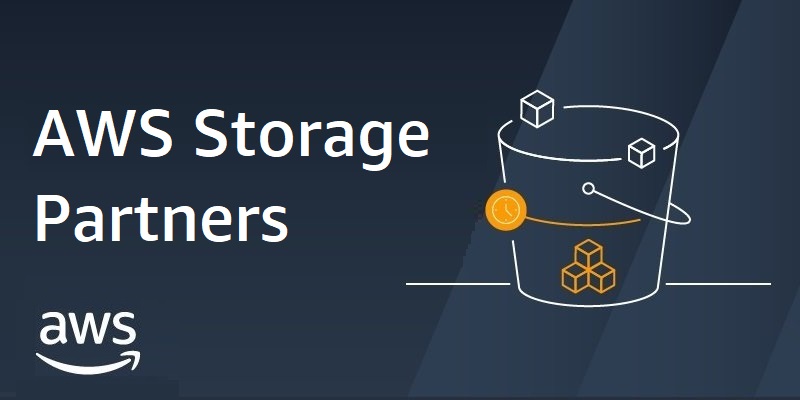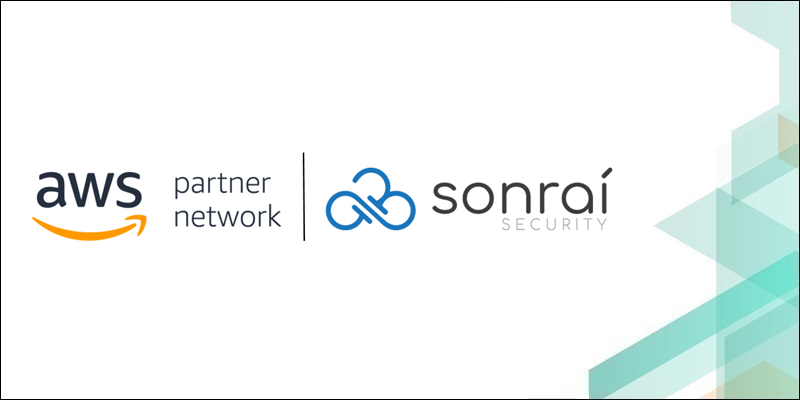AWS Partner Network (APN) Blog
Tag: Amazon S3
Integrating Zendesk with AWS and Other SaaS Services Using Amazon AppFlow
Organizations are rapidly adopting SaaS solutions to better serve their end customers using specialized software, but using SaaS services can lock key business data in different “data islands” that are hard to integrate. AWS recently announced the extension of support for Zendesk as both source and destination in Amazon AppFlow. This expanded integration enables customers to transfer data bi-directionally between Zendesk and other AWS and SaaS services in just a few clicks.
Expediting Healthcare Interoperability with Redox and AWS
For customers in the United States, patients must have access to Electronic Health Record (EHR) information in their medical records beginning April 5, 2021. While most health systems have one EHR in place, others who have undergone mergers may have several EHR solutions. All of this contributes to the challenge of achieving healthcare interoperability. This post shows how Redox, an AWS Partner and EHR integration platform, accelerates healthcare interoperability for customers.
How AWS Partners Are Utilizing Amazon S3 to Help Customers Solve for Scale
As we celebrate Amazon S3’s 15th birthday, we are excited to share stories of how AWS Partners are using S3 to provide a wide variety of solutions to address customer needs. It’s rare to find an ISV solution these days that does not support Amazon S3 in some way. AWS Partners have helped customers all across the world ingest exabytes of data into S3, and some AWS Partners have built entire businesses on Amazon S3.
Deploying IBM Mainframe z/OS on AWS with IBM ZD&T
With an increased pace of innovation and demand for faster development and testing cycles, customers with mainframes want to adopt DevOps practices for their z/OS environments. To facilitate these practices, IBM offers the IBM Z Development and Test (ZD&T), a hardware emulation solution that allows regular z/OS software to run on the x86 platform by emulating the IBM Z instruction set, IO, and other devices. Learn how to create your own IBM ZD&T and z/OS environment on AWS.
Identify and Eliminate Risks on AWS IAM and Secure Data Stores Using Sonrai Dig
With the move to cloud, there has been a paradigm shift in how we protect our most valuable asset—data. Learn the importance of building a complete and accurate risk profile, which consists of your identity and data relationships. You’ll also learn how it’s critical to protect the sensitive, private, and confidential data. Sonrai Dig graphically maps all of your identities and determines their effective permissions, allowing you to get to least privilege across your entire AWS environment.
How Indexima Uses Hyper Indexes and Machine Learning to Enable Instant Analytics on Amazon S3
Achieving “speed of thought” or instant analytics on large data sets is a key challenge for business intelligence platforms. Traditionally, data engineers would design and deliver an optimized, aggregated subset of the data to a data warehouse to drive the visualization. This can often take weeks of development and testing or incur significant infrastructure costs. Learn how Indexima uses machine learning and hyper indexes to automate this process and accelerate analytics by up to 1000x across a full data set on Amazon S3.
Archiving Amazon MSK Data to Amazon S3 with the Lenses.io S3 Kafka Connect Connector
Amazon Managed Streaming for Apache Kafka (Amazon MSK) is a fully managed, highly available, and secure Apache Kafka service that makes it easy to build and run applications that use Kafka to process steaming data. Learn how to use the new open source Kafka Connect Connector (StreamReactor) from Lenses.io to query, transform, optimize, and archive data from Amazon MSK to Amazon S3. We’ll also demonstrate how to use Amazon Athena to query the partitioned parquet data directly from S3.
How to Use AWS Transfer Family to Replace and Scale SFTP Servers
In the financial services domain, it’s a common architecture pattern to find shared services file servers that act as SFTP file server or FTP server. Because these financial applications are not always API driven, data exchange using flat files remains the standard way to share information between applications, even when some of them have been migrated to AWS. Learn how DXC Technology addressed migrating this type of server using AWS Transfer Family, Amazon S3, and Amazon EFS.
How to Get Real-Time SAP Data into Amazon Redshift with HVR
The massive scale and efficiencies offered by cloud data lakes are best served by a continuous replication mechanism from on-premises and cloud-based enterprise resource planning (ERP) applications. Learn how SAP ERP, Amazon Redshift, and HVR Change Data Capture (CDC) add up to more than the sum of the individual parts, and dive deep into HVR’s architecture and the unique value proposition for SAP customers building their data lakes with AWS.
How DataArt Helped Inchcape Shipping Services to Revolutionize Document Processing on AWS
The main thing that all interested parties need when a vessel is in port—and this has never changed—is information. Learn how Inchcape, a global organization and leader in ships agency and maritime services that covers around 2,500 ports, teamed up with DataArt to reimagine its core operational platform, Optic, as a bespoke .NET Core-based microservices solution. Optic builds trust through transparency of the vessel program, real-time updates, and standardized workflow and data across all port calls and locations.









